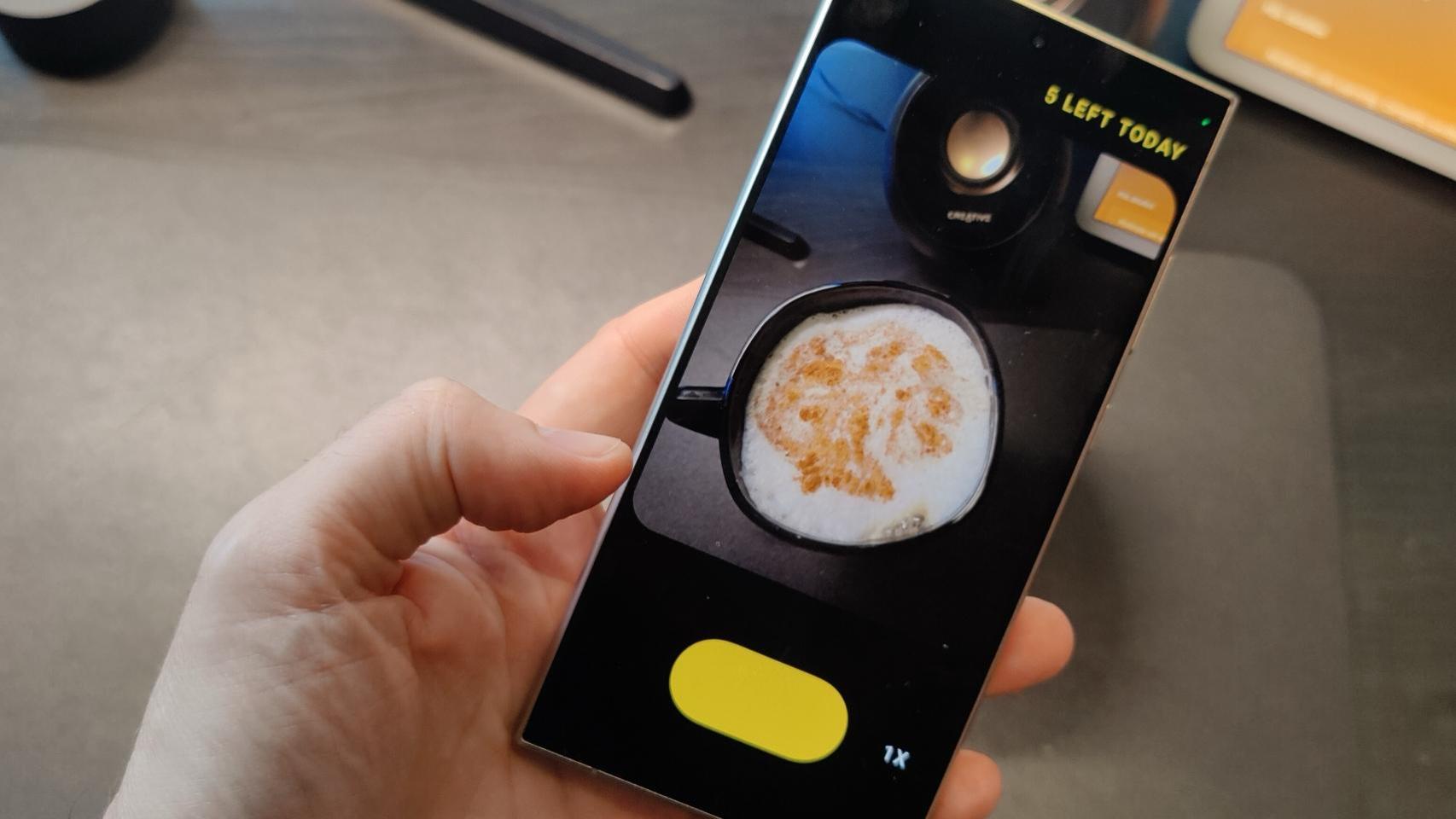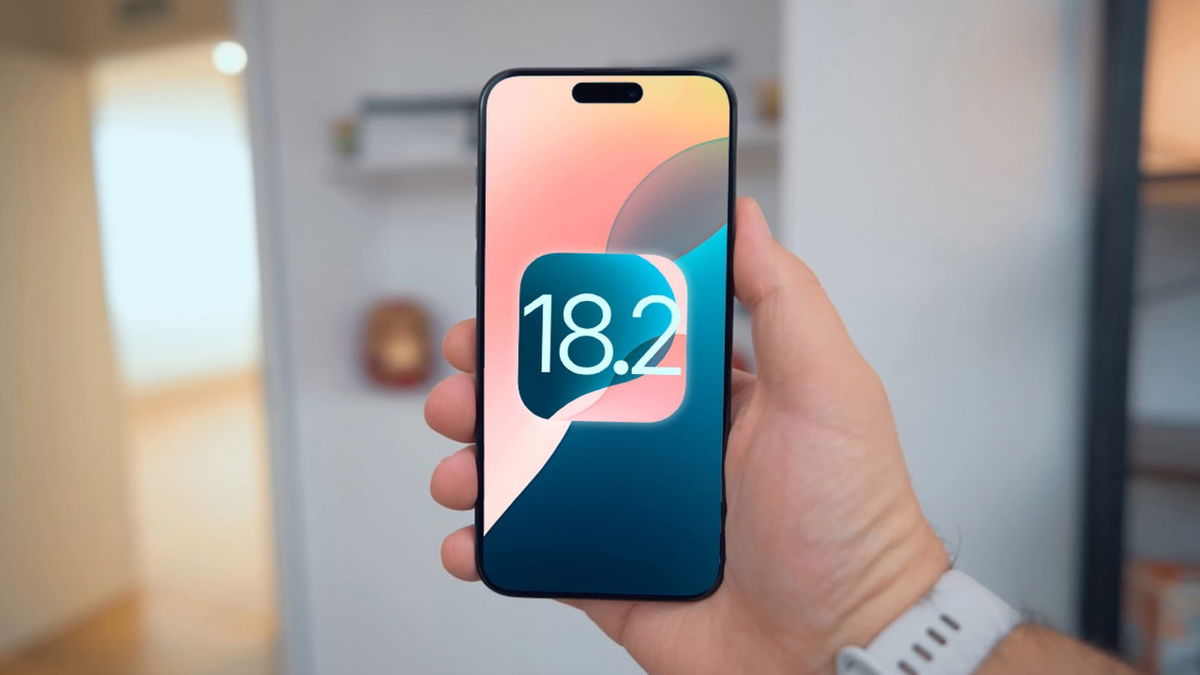Some come from Colacao, others from Nesquik, Cocacola or Pepsi, from Android or iOS, and from gesture navigation or the navigation bar of a lifetime. I belong to this second group and, while I’m sure I’m not the only one, more and more people are making the jump to gesture navigation.
I tried to get my hands on gesture navigation a few times and in the end I always end up going back to the buttons. It’s not irrational hatred, but the feeling that I really don’t gain anything in exchange for complicating my life unnecessarily. Here are the reasons why gesture navigation is still not for me and maybe not for you either. Nothing happens, for now we can still choose.
In Android we were very pimples
Android was born as an operating system for cameras -and its buttons- although the launch of the iPhone meant a change in plans to focus on touch control, the button panel has always been very present. While the iPhone had a button, Pleistocene Android phones could have up to five: home, back, menu, search, call…

In Android, they have always liked the buttons very much
Physical buttons that clicked when pressed, we went with capacitive buttonsstrategically located under the screen and which, although they coexisted with some old buttons such as the search button, ended up being homogenized into three: start, recent and back.
The problem with the capacitive buttons is that they were fixed, which was acceptable for mobile phones, although not very optimal for tablets, as they could be very far apart when the device was turned. So, Android Honeycomb took out the system bar or taskbar, the navigation bar grandfather

Navigation bar is out, sort of, in Android Honeycomb
This way, the keyboard was always within reach regardless of the orientation of the device. Since Ice Cream Sandwich, in 2011, more and more mobile they left out the capacitive buttons rely on navigation on the screen itself.
So we stayed the same for years, until Apple announced the iPhone X with Face ID and no buttons and suddenly Android was in a rush to include something similar. The first approach came officially (there were already similar inventions in some layers) in Android Pie. This first gesture navigation was a bit lightwith two buttons, one to return and one with which you can view recent apps, return to home and perform other tasks.

In Android Pie, gesture navigation has arrived, with two buttons. Then the second button was lost.
The next version of Android, Android Q or Android 10, took gestures a step further, also ending with back button. Instead, you can gesture to either side of the mobile to reveal a magic arrow that will take you back.
Although today most mobiles they let you choose between the three optionsA classic three-button keyboard, gesture navigation, and sometimes two-button gesture navigation, it seems clear that the navigation bar is on the way out. If it weren’t for the fact that it’s still essential for accessibility reasons, it probably wouldn’t be on Android anymore, and the truth is, it’s far from perfect.
Why I don’t like gesture navigation
Today, it is common for cell phones to offer gesture navigation as the default option, although it is far from perfect. In addition, when using it I was able to find up to Six things Android gesture navigation could do betterat least if it will end up becoming the only way to interact with the mobile phones of the future.
In Android, no one agrees

MIUI 9.5 gesture navigation
While in iOS what Apple says goes down the drain, in Android there’s always manufacturer interference, which isn’t necessarily a bad thing. The problem is that although the navigation bar is still the same, gesture navigation may vary a bit from one mobile to another, especially if we go beyond the essentials.
Either way, you’ll be able to go back by swiping sideways and view recent apps by swiping up, but other tasks like opening multitasking or enabling one-handed mode (if exist) can vary, which makes it a hell for handling multiple phones with slightly different gestures. Fortunately, over time, the gestures are homogenized and it is not a big problem today.
With third-party launchers it works very badly

Nova Launcher supports gestures but Android gestures do not support Nova properly
Are you using an Android launcher other than the one supplied with the mobile? So get ready for a second-rate gesture experience. Ever since Google officially introduced gestures in Android 10, these don’t work well with 3rd party launchers like Nova. The creators of Nova explain it in this entry on their blog.
It is possible to use Nova Launcher and gesture navigation, but the experience is quite unpleasant: instead of having a smooth animation in which an application maximizes and minimizes smoothly, thein view of the recent suddenly appears. Three years have passed and we are still the same.
It’s too easy to accidentally back out.

The downside of replicating iOS gestures to Android is that the iPhone never had a back button, but we did on Android. So, while using apps, we have to return frequently because we don’t have a button in the app in most cases. Yes, the gesture of turning back is one of the worst everimprecise, error-prone, and highly debatable as to its advantage over a button.
On the one hand, the back gesture has the advantage that you can perform it wherever you want, even if it can backfire. Going back by mistake can have catastrophic consequences if you do it during a purchase process, in a game or in another situation where trying to scroll down a list ends up taking you to the previous page. This with buttons does not happen.
Like the double tap lately there’s nothing
Android Nougat has released a marvel: the shortcut to switch between last two apps after double tap on the Recents button. Since then it has become my personal Alt-Tab while using two apps and the productivity feature I use the most, above split screen, floating screen or other inventions.
Obviously, it is not possible to do this with gesture navigation. You can swipe sideways from the bottom to switch to another app (and it’s one of the best and most intuitive gestures, in my opinion), but you just not as fast or accurate.
Buttons are more intuitive

The buttons aren’t intuitive, but they’re there and invite exploration. What happens if I press it? What if I do a long press? What if I press twice?
No one is born knowing how to use a mobile, with or without buttons. What is square, circle and triangle button? let’s be honest, the navigation bar is not at all intuitive, but at least it is visible. Even if you don’t know what it is, you can still press each button and see what it does.
Now well, What’s intuitive about tapping the mobile in specific directions from specific locations? Yes, anyone can get used to it with a bit of practice, but swiping from an edge isn’t an intuitive way to go back. At least it’s nothing more than pressing a button that only has this function, to go back.
It takes me longer to do almost everything

All of the above could probably be summed up in one point: I don’t find gesture navigation to be any faster. Considering how long it takes to swipe here and there and swipe a little, but not a lot, to do this and that, it doesn’t seem like a time saver to use. What I gain is some frustration when I hold the phone in a weird way and the gesture doesn’t come out correctly or if I accidentally come back.
Choosing between the lifestyle that suits me well and the gesture navigation that looks nice in its ideal use (with the official mobile launcher), but not so much when its use is applied to real life, I can’t help wondering if it’s worth it. I’ve asked myself this question many times over the years and to this day the answer is always the same: no. Buttons to death.
Table of Contents









